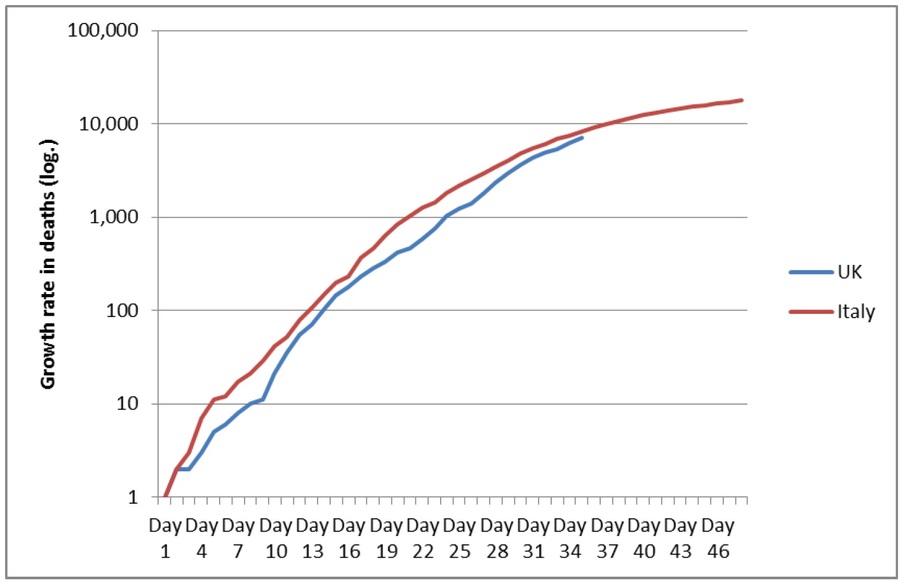Originally posted by AMLBONO:[..]
Same here. Live in Canada and we are starting to reopen but I have not watched any American news and have 'unfriended' family who live in America who support Trump. I'm disgusted at how politicalized it has become. It's a disease. It doesn't matter if you are a Republican or a Democrat. If you wear a mask you are not a p$%&y. If you wear a mask you are not a radical left wingest. You are protecting yourself and the health of others.
Daughter's birthday today and we had a small 'social distanced' birthday party for her. Under 10 people and everyone separated by 6 feet.
Is there going to be an end?
I’m no so much concerned anymore about what I can and can’t do. I’m a simple man, give me a small group of friends having a cookout in somebody’s back yard, and that’s all the socializing I need. I don’t really miss bars and restaurants. I can live without a lot of things. It’s more just the fact that we’re all in this constant state of worry that’s really starting to get to me. People are dying every single day from this, in large numbers. And what’s the future look like? Nobody knows. Nobody has any fucking good news. There is no positive outlook on the horizon. All we have is a vague promise of a vaccine sometime in 2021, and that is literally the only hopeful notion out there right now.
I find myself longing for simpler times, like even last fucking year!!! I remember being stressed out about things last summer that don’t mean shit to me anymore. I’d give anything to have slight money trouble or U2 setlists to be my biggest concern again. Don’t mean to bug ya... just kind of passed into a new stage today, mentally. 2020 sucks!
 )
) 




